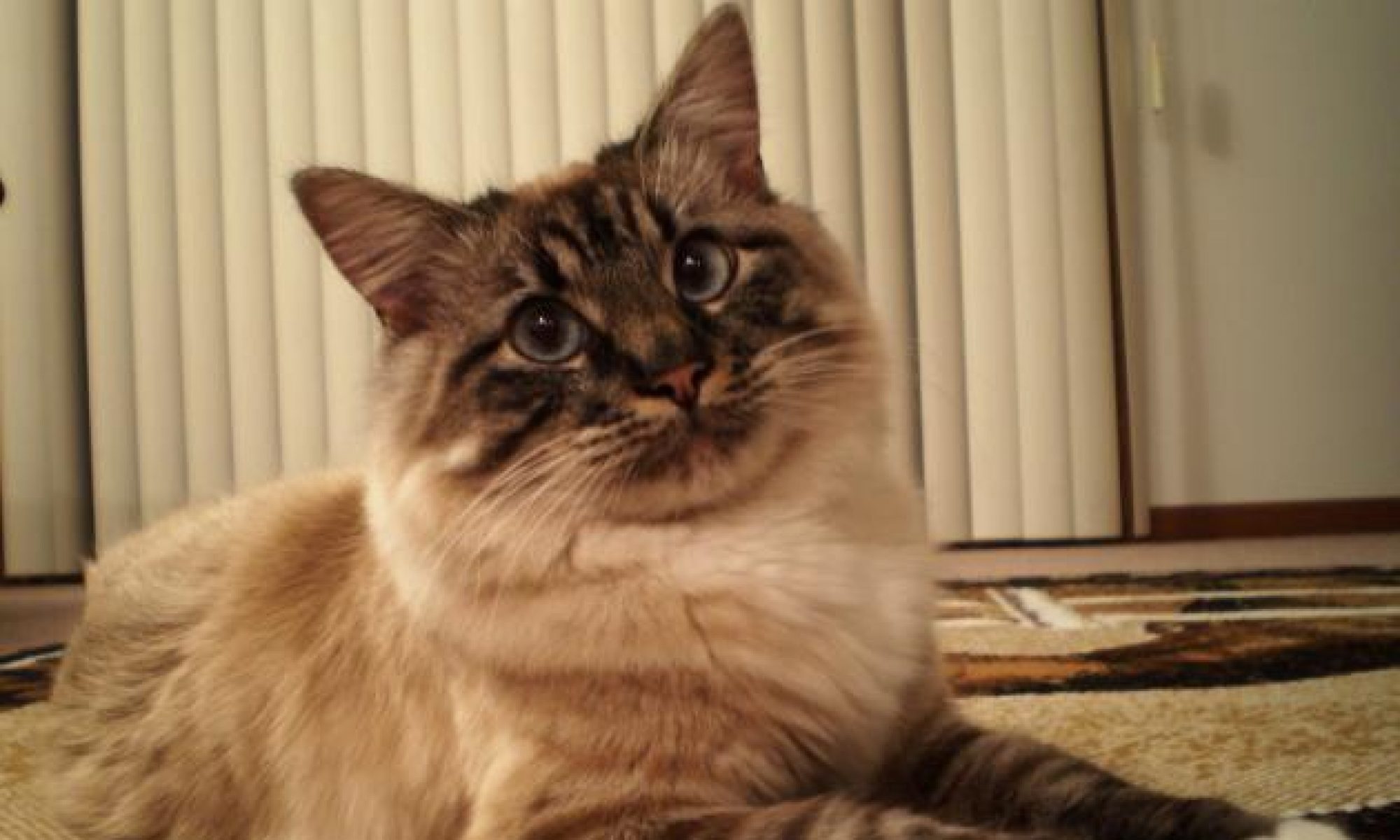The scientific classification order that all rodent species belong to is called Rodentia, which means “to gnaw” in Latin. Rodents have teeth (incisors and molars) that grow throughout their lives. In the wild, these animals gnaw on materials such as wood and forage to keep their incisors worn down to an appropriate length. Domesticated rodents such as mice, rats, chinchillas, and guinea pigs also need to gnaw on materials to keep their teeth worn down. If the incisors are not worn down, they will continue to grow and create health problems for the animals. Dental health is extremely important to the overall health of rodents. As an owner, you can ensure the dental health of your companion rodent by providing a proper diet, proper gnawing materials, and making regular visits to your veterinarian.
Malocclusion
Malocclusion is a medical condition in which the upper and lower teeth are misaligned. This misalignment can be caused by overgrown incisors or molars. Incisors are the upper and lower front teeth that are easily visible. Molars are located toward the back of the mouth, making them more difficult to see. It is important to pay attention to symptoms of malocclusion, even if your companion rodent’s incisor teeth appear completely normal, because the problem may be due to overgrown molars. There are a variety of causes of malocclusion, including heredity, a lack of vitamin C, injury, mineral imbalances, and lack of or improper gnawing substrates.
Symptoms of malocclusion:
- Low food intake despite interest in food
- Dropping food from mouth
- Rough hair coat
- Loss of appetite
- Weight loss
- Abscesses in the roots of the teeth (may spread infection to the sinuses)
- Drooling or a constant wet area under the chin (sometimes called “slobbers”)
- Loss of fur
- Swelling of the skin on the chin and neck
- Irritation of the lining of the cheeks and the tongue
- Mucus, pus, or discharge from eyes and nose
If the teeth are not trimmed they will continue to grow, even penetrating the skin of the lips and the nasal cavity. This type of trauma is very painful and can cause serious medical problems for your companion rodent.
If malocclusion is not treated, it can become difficult for the animal to chew food, which can lead to severe malnutrition and low blood sugar levels. If the animal is not treated, it will experience seizures, paralysis, coma, and death.
Diagnosis and treatment
Companion rodents should have routine physical exams by a veterinarian. A veterinarian will thoroughly examine the teeth and oral cavity and may need to take radiographs of the rodent’s oral cavity to completely understand the cause of the condition.
There are several routes your veterinarian may take to treat your companion rodent’s dental condition, depending on the type and severity of the problem. Treatment may involve trimming and filing teeth (sometimes this requires sedation as most animals are not comfortable with having their mouth manipulated), removing food or foreign bodies from the teeth, and cleaning sores on the gums. Your veterinarian may also prescribe an antibiotic if an infection is present. He or she will also discuss with you ways to prevent malocclusion and teeth overgrowth from occurring again. As always, your companion rodent should be taken to a veterinarian as soon as you notice symptoms so that it can be treated immediately and prevent the problem from becoming more severe.
Prevention
Diet
Commercial mouse and rat diets, which can be purchased at a pet store, provide your companion rat or mouse with a complete and well-balanced diet. These pelleted foods are also hard enough that they work to wear down the rodents’ incisors. It is important to control the daily portion of pellets because overfeeding can cause obesity.
Guinea pigs and chinchillas should also be provided a complete, well-balanced pellet diet. Because guinea pigs cannot synthesize their own vitamin C, it is important that you buy a diet specifically formulated for guinea pigs to ensure that they get the required daily amount of vitamin C. Chinchillas do not have a vitamin C requirement. As with rats and mice, it is also important to control the daily portion of pellets that you feed your companion guinea pig and chinchilla to prevent obesity.
In addition to a pelleted diet, guinea pigs and chinchillas should be provided with a type of hay, such as timothy, oat, brome, and wheat. Hay serves as the major source of fiber for chinchillas and guinea pigs as well as provides another substrate for them to keep their molars worn down. These animals can have unlimited access to hay. Be sure to check the hay for mold growth, however, before giving it to your companion rodent. For more information, see “Choosing Hay for Your Companion Rabbit.”
Gnawing substrates
A pelleted diet is not equivalent to the natural diet of rodents and is often not enough to keep your companion rodent’s teeth worn down to an appropriate level. You should also provide your companion rodent with appropriate materials to gnaw on, such as hay and wooden blocks. Rodent chewing toys can be homemade or purchased at pet stores. Always check with your veterinarian before introducing a new material to your companion rodent, as some types of wood and other materials can be toxic to them.
Regular trimming of teeth
Even when provided with the proper forage and gnawing substrates, some rodents will still experience problems with overgrown teeth. If this is the case, it is important to schedule regular appointments with your veterinarian to have your companion rodent’s teeth trimmed. You and your veterinarian can work together to figure out how often your pet’s teeth will need to be trimmed.
Related content:
Choosing Hay for Your Companion Rabbit
Lisa Karr-Lilienthal, Ph.D., and Kaycee Points – University of Nebraska-Lincoln
